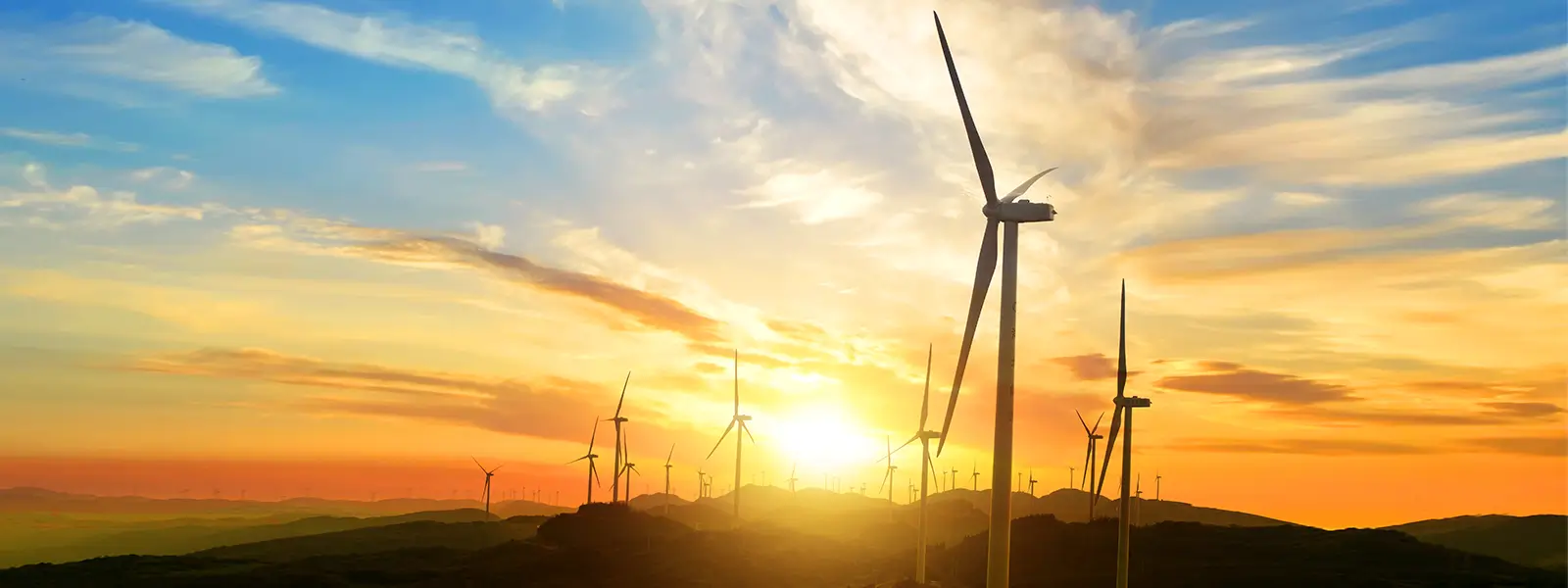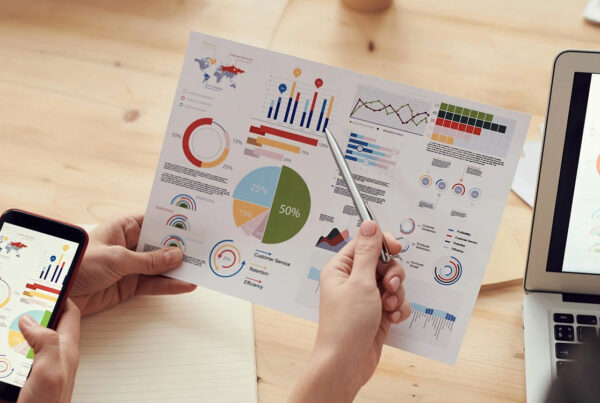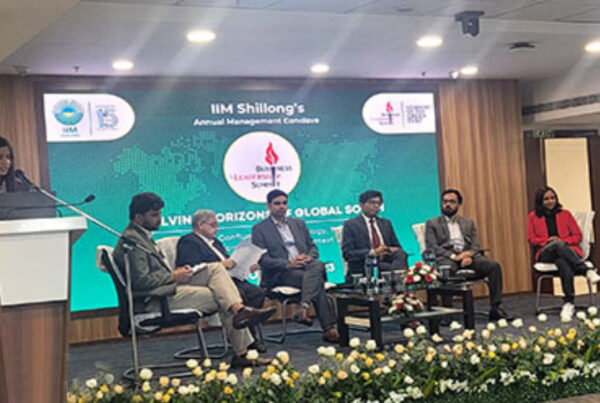Recent developments in the renewable sector are being enabled by the need for a speedy transition to clean energy. Renewable energy is being used by businesses and industries to reduce emissions, lower energy costs, and promote environmental sustainability. Digitization, energy-efficient integrations, and methods to overcome renewable energy production’s intermittency are among the primary renewable energy themes. As a result, big data, artificial intelligence (AI), and the Internet of Energy (IoE), as well as breakthroughs in renewable energy sources, are becoming prominent trends. Renewable energy like solar, wind, and hydroelectricity have been around for a long time, but recent improvements have made these popular. They dominate the industry because of their competitive advantages. Energy from green hydrogen and water energy sources such as tidal, wave, and ocean currents are relatively newer fields of research in the renewable sector.
As more investors and businesses realise the “energy transition,” a shift in the global energy industry from fossil-based systems of energy generation and consumption to renewable energy sources, businesses are adjusting. Companies want more clarity and assurance for calculating long-term climate risks and possibilities. Transitioning from non-renewable energy sources like oil, natural gas, and coal to renewable energy has been made possible thanks to technological developments and a cultural push toward sustainability. The energy transition tries to minimise energy-related greenhouse gas emissions through various forms of decarbonisation, which is powered by long-term structural changes in energy supply, demand, and prices.
Between 2019 and 2024, the International Energy Agency predicted a 50% rise in global renewable-based power capacity. Utilities have begun a rapid energy transition away from coal in reaction to this development. While some market experts expect the shift to be gradual, pressure is rising on power companies to retire assets that rely on coal supplies and replace them with alternative sources of energy. In response to growing worries about climate change, many big oil firms are increasing their spending and diversifying towards renewable and low-carbon energy.
Key Trends Driving Energy Transition In 2022
Real-time Decision Making Powered By Artificial Intelligence and Big Data
The power grid is one of the most complex infrastructures, and it demands real-time decision-making, which is enabled by big data and AI algorithms. AI’s applications in the renewables field extend beyond grid analytics and management to include power demand forecasting and renewable energy source predictive maintenance. It also enables the Internet of Energy apps to estimate grid capacity levels and conduct autonomous trading and pricing based on time. Virtual power plants (VPP) can complement utility-generated electricity thanks to advancements in cloud computing. Companies increasingly utilise data analytics and machine learning to construct and analyse renewable energy models.
Advanced Robotics Boosting Production And Process Efficiency
In order to harness renewable energy potential, production and process efficiency are proving to be a big roadblock. To tackle this difficulty, robotics allows for accuracy and the most efficient use of resources. Automated solar panels, for example, orient themselves to maximum energy conversion. Equipment automation also reduces the demand for human labour by speeding up maintenance activities. Drone inspection and robotics-based automatic operations and maintenance (O&M) manage dangerous, repetitive work, resulting in increased productivity and safety. Drones equipped with phased array ultrasonic imaging are being used to quickly detect internal and external damage to massive wind turbines. Drones can also create digital site twins and 3D maps by imaging and calculating elevation data.
Blockchain Empowering And Securing Reliable Digital Transactions
Technology is being used extensively by energy firms to enhance reliable transactions in the renewable energy sector. Smart contracts, for example, facilitate peer-to-peer (P2P) electricity trading for trans-active energy. Grids are vulnerable to cyber-attacks, hence blockchain is being used to encrypt data related to grid operations and monitoring. Blockchain enables digital transactions by encrypting data. Blockchain is also being used by renewable energy providers to track the chain of custody of grid materials. It also makes it simple for regulators to access data for regulatory compliance.
Grid Integration Enables Transmission, Distribution, and Stabilization
Grid integration technology includes renewable energy transmission, distribution, and stabilization. Variable renewable energy generation is frequently scaled up far from demand centres, resulting in transmission and distribution losses. To overcome this, grid electronic technologies such as gallium nitride (GaN) and silicon carbide (SiC) semiconductors are being utilised. Microcontroller-based solutions handle the problem of frequency and voltage variation caused by variable renewable energy generation. Despite these technologies, grid stabilization is a major concern because of the intermittent nature of energy use. Grid-to-vehicle (G2V) solutions use the car as a storage unit, while vehicle-to-grid (V2G) technology allows the grid to be stabilized during peak hours. Both the energy and transportation industries evidently benefit from grid integration.
Hydro Power Helping Minimize Reliance On Traditional Sources
Hydro energy is considered more predictable and, thus, more dependable. Hydroelectric dams, as well as ocean-based energy derived from tides, currents, and waves, provide high energy density while minimizing reliance on traditional sources. Energy converters and component upgrades for more effective energy harvesting are the focus of these renewable energy sources’ advances. Small-scale hydroelectric dams and tidal barrages enable decentralized energy generation in hydropower. The thermal gradient formed between the surface and deep water is used to collect energy in ocean thermal energy conversion (OETC). A few firms are also harnessing the salinity gradient created by the difference in osmotic pressure between the ocean and river water into usable electricity.
Wind Energy Seeing Technology Innovations To Enhance Efficiency
Although being one of the greatest energy sources, the wind energy industry is continuously developing, making it one of the primary trends. To lessen the requirement for land-based wind energy, energy startups are developing offshore and flying wind turbines. Other energy sources, such as floating wind turbines, solar, or tidal energy, are frequently integrated into this field’s innovations. The aerodynamic designs of the blades are constantly improving in order to boost efficiency even more. Companies are also developing high-efficiency generators and turbines. One of the current issues in the industry is the long-term viability of blade materials. To combat this, innovators are developing bladeless technologies and thermoplastic materials that can be recycled to make more efficient blades.
Conclusion
Despite supply chain bottlenecks and rising raw material prices, global renewable adoption is predicted to speed up by 2022. Indeed, renewables are frequently less expensive (at least in terms of energy) than thermal alternatives, climate and renewable policies are multiplying, and power market reforms are opening new doors in some places. And many corporations’ push to buy clean energy is allowing renewables to enter the market.
Among these many factors, the activity of corporate power users is providing a growing number of options for monetising renewable energy. Indeed, renewable energy procurement is expanding beyond traditional government tenders or renewable portfolio standard obligations (RPSOs), which will continue to be important tools for bringing projects to market, including direct power purchase agreements (PPAs) between project owners and corporations seeking to go green power.
By The AGR Editorial Desk
Contact us at https://www.agrknowledge.com/contact-us




